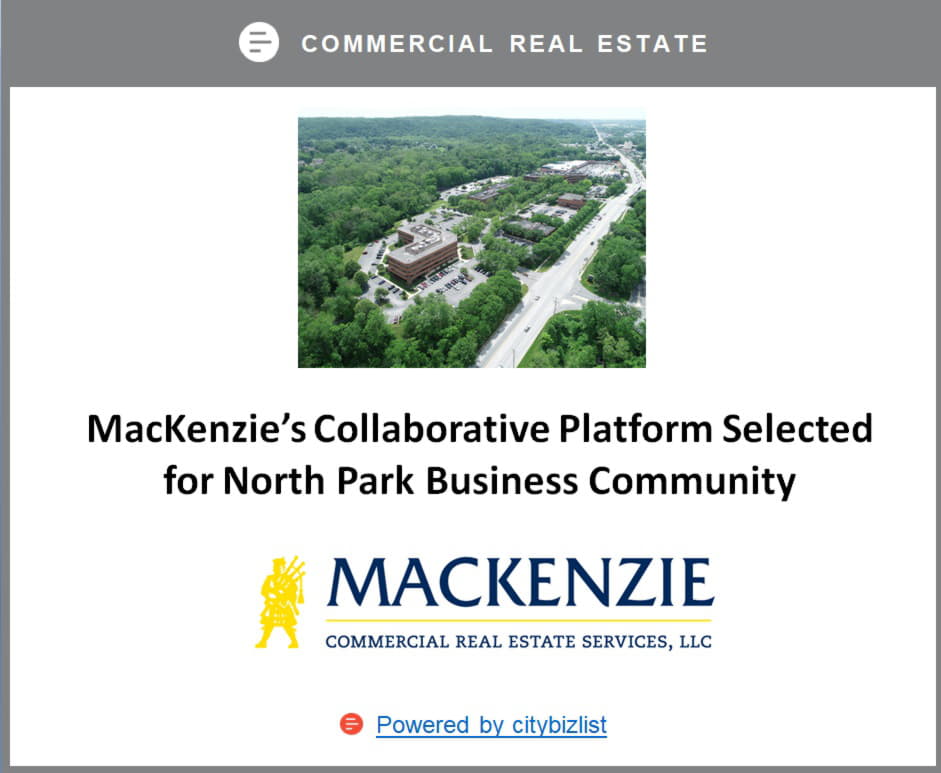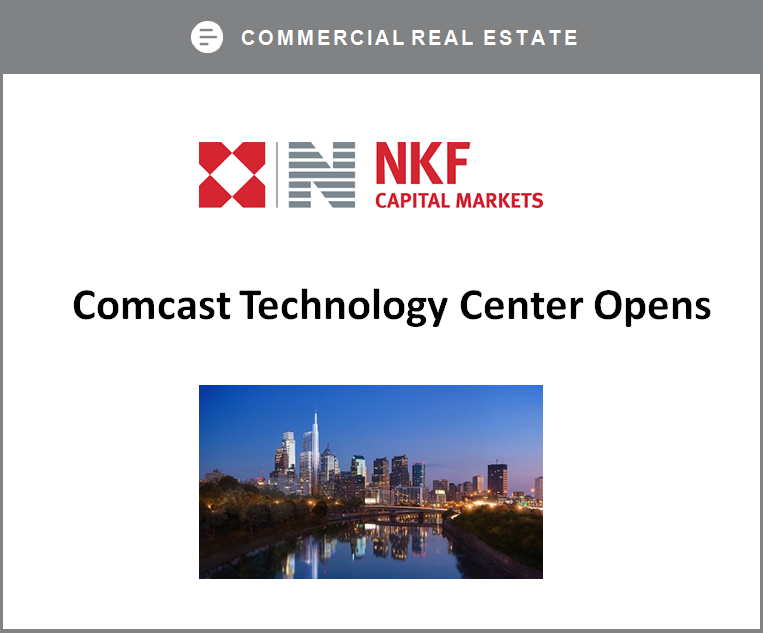Summary
- J. C. Penney recently declared bankruptcy, a move that has created a lot of uncertainty for a lot of stakeholders.
- One thing is clear, and that's that shareholders are being wiped out by the development.
- There appears to be interest from Amazon, but this is unlikely to benefit shareholders as a purchase through bankruptcy is more logical.
- Looking for a helping hand in the market? Members of Crude Value Insights get exclusive ideas and guidance to navigate any climate. Get started today »
After years of pain, the end has finally come at last for retail giant J. C. Penney (JCP). Initially driven into the ground under the leadership of Ron Johnson, who steered the company into disaster during his tenure from late 2011 to 2013, there has been no real coming back for the business. This was despite a revolving door of talent at the firm. With bankruptcy proceedings underway, there’s a lot of uncertainty over what the future will look like for the business, but one thing has been made abundantly clear: there will be nothing left over for current shareholders. Given this harsh realization, investors who do still own stock in the enterprise should consider getting what value they still can from selling the stock.
A look at bankruptcy
Years of struggling has been painful for J. C. Penney and its shareholders. Although big-box retail is more or less on the way out in the US, management made what changes they could in an effort to revitalize the brand and preserve shareholder value. The final straw, though, according to management, was the emergence of COVID-19. This last blow sent stores across the nation closing, leaving the retailer with no significant inflow of capital that it could use to stay afloat.
This isn’t to say that death wouldn’t have occurred without COVID-19. In fact, it has been an almost certain expectation for years. Every year for at least the past five years, revenue at the company has declined, dropping from $12.63 billion in 2015 to $10.72 billion last year. Net losses over this time frame have been persistent, and with EBITDA of only $583 million last year, the company’s net leverage ratio of 5.8 was lofty. Free cash flow has been positive, but with the exception of 2016, it has ranged consistently between $111 million and $213 million. Last year, the figure was $145 million. Just enough, perhaps, to stay afloat, but sales can only fall for so long before cash flow slides as well.
As of this writing, there’s still a lot not known about the bankruptcy package the company is working on. Who gets what is still not entirely sorted out. A review of the firm’s RSA (restructuring support agreement) reveals that its ABL creditors and holders of any hedge claims might be the only parties unimpaired during the bankruptcy process. Even first lien holders are likely to be impaired to some degree. One thing the filing makes absolutely certain is that common shareholders will be wiped out entirely. It specified that they will see ‘no recovery.’
While there will be a lot of losers in this bankruptcy process, there will be a big winner: the providers of the business’s DIP (debtor-in-possession) financing. In addition to having $500 million in cash on hand, the company will be provided with $900 million in DIP financing, with $450 million of that being new capital. Lenders of the DIP financing will be given an interest rate that is either the Base Rate, plus 10.75%, or LIBOR (subject to a floor of 1.25%), plus 11.75%. Which rate the company receives is up to it. These are annual amounts compounded monthly and payable monthly.
In addition to these interest rates, the DIP lenders will receive a commitment premium of 6% on their initial commitments. They are also entitled to an upfront premium of 4% and an exit premium of 3%. In the event that the restructured company defaults on this debt, it will continue to accrue interest at the sum of the Base Rate plus 2%. Upon exit from bankruptcy, J. C. Penney will be in need of cash. It has already arranged for exit loans. These will bear similar rates to the DIP financing, with either the Base Rate plus 10% or LIBOR (with a 1.25% floor) plus 11%. A commitment premium of 2% applies here, as does an upfront premium of 3%.
A lot could still happen between now and the time the company exits bankruptcy, but management has made clear the fact that it is looking to break the company up. Instead of having a retailer setup like before, the business will consist of an operating company currently being referred to as New JCP, and a REIT (set up as an UPREIT). The REIT will effectively hold some or all of the real estate assets of the business, while the operating company will lease and operate those properties.









